power
Latest
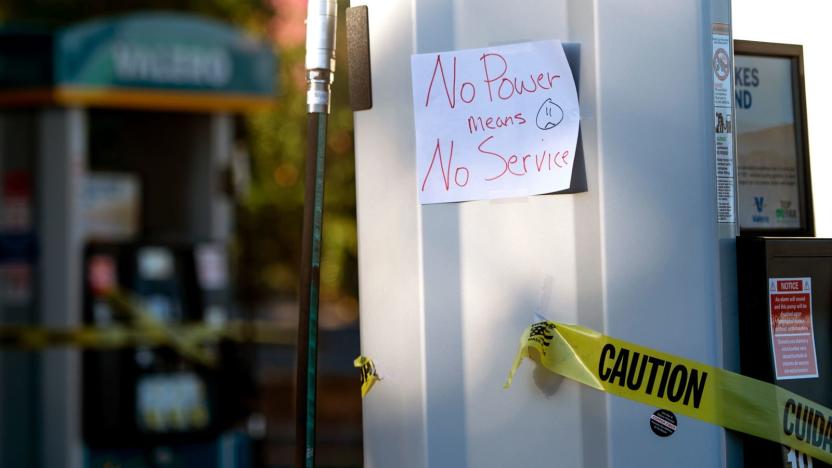
After Math: Who turned the lights out?
If you live in California, the answer to that is our local power company, PG&E. But they're not the only ones unilaterally shutting down their operations, users, dissent, and what have you. Here are some highlights from a ban-tastic week.

Tesla's Megapack is a battery built for the electrical grid
Tesla's utility-sized energy storage has become a practical reality. The tech company has introduced the Megapack, a container-sized battery meant for "large-scale" storage that could help quickly deploy renewable energy and even replace conventional "peaker" power plants that come online when there's high demand. A single Megapack has up to 3MWh of storage, or roughly 14 times the 210kWh of a Powerpack. That, in turn, leads to very rapid deployments. Tesla claimed it could deploy a clean 250MW, 1GWh power plant in less than three months, or four times faster than a similarly-sized fossil fuel plant.

Scientists make a lifelike robotic fish using multipurpose 'blood'
There's no question that robots have come a long way since their cold, clunky, cumbersome inception. Nowadays they're smart, agile and responsive -- but they're still missing the tactile, multipurpose elements that make living creatures flexible and autonomous. Until now. In a bid to make robots more lifelike, scientists have created a soft robotic lionfish and have pumped it full of life-giving "blood."
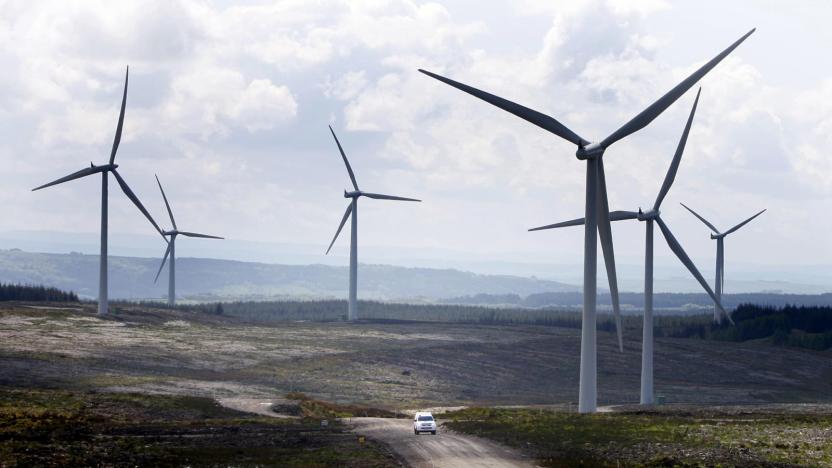
Scotland will build a massive battery to store excess wind power
UK energy supplier Scottish Power plans to launch a massive battery-storage system to capture renewable power from its 214 wind turbines. The 50 megawatt lithium-ion battery will allow Scottish Power to store energy when wind speeds are high and release it when they're low. According to The Guardian, this is the UK's most ambitious energy storage project to-date, and it will take the UK one step closer to reaching a net zero carbon economy.

Michael Bloomberg will spend $500 million to close coal-fired power plants
Michael Bloomberg is pledging $500 million to close every coal-fired power plant in the US and to halt the growth of natural gas. According to The New York Times, the money will go towards a new Beyond Coal initiative. It will be spent over the next three decades, and it will fund lobbying efforts aimed at state and local government officials.

Washington votes to decarbonize its electricity grid
Washington is one step closer to decarbonizing its energy grid. According to a bill voted in by the Washington House of Representatives last week, the state will end coal use by 2025, have a carbon-neutral grid by 2030 and its power sector will be emissions-free by 2045.
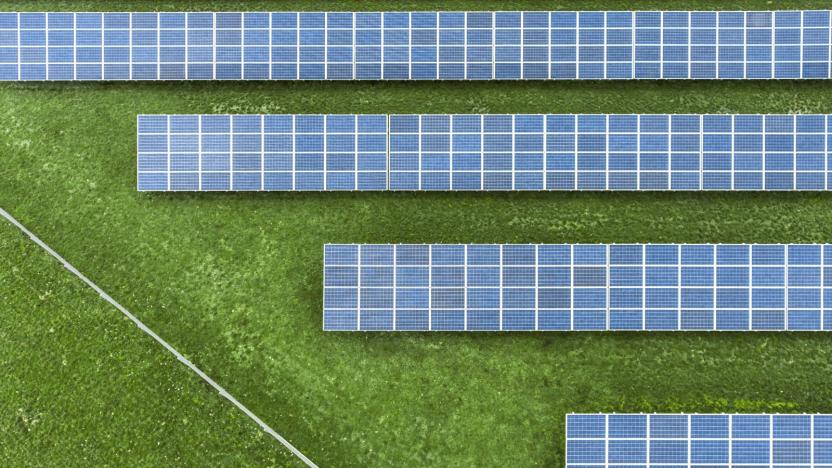
Renewable energy is on the rise, but so is demand for fossil fuels
Recent reports from major climate organizations are painting a very mixed picture for the future of global energy use. The International Renewable Energy Agency (IRENA) says that renewable energy now forms one-third of the world's total energy capacity -- its highest level ever -- but at the same time, the International Energy Agency (IEA) reports that energy demand is growing at the fastest pace this decade, and fossil fuels are leading the charge.
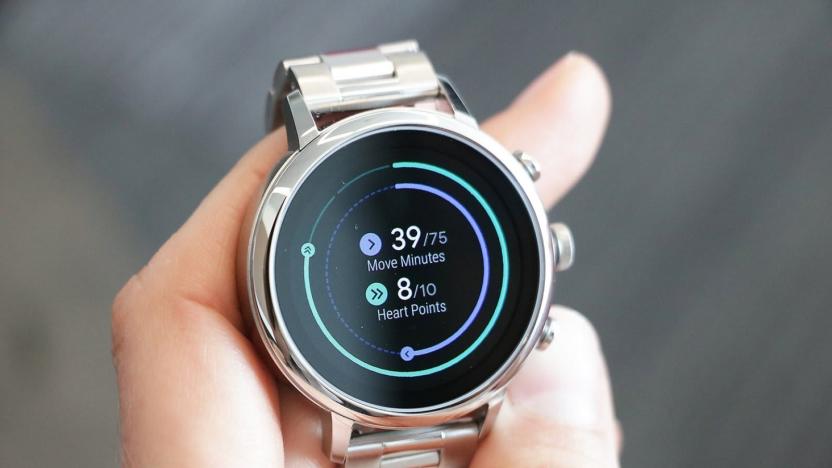
Google Fit update delivers a much-needed power-saving mode
Google is taking steps to address one of the most commonly-cited smartwatch complaints: battery life. In a bid to increase the time between charges (which at this juncture is usually two days max), Google Fit's latest update will come with a battery-saving low power GPS mode.

China wants to put a solar farm in space by 2025
Humanity uses a lot of energy, and while solar power here on Earth is doing a reasonable job of contributing to the electricity mix, scientists have long hypothesized that gathering the sun's energy from space would be a lot more effective. And now China says it's going to be the first to do exactly that, announcing plans to build an interstellar power station that will orbit the Earth at 36,000 kilometers.
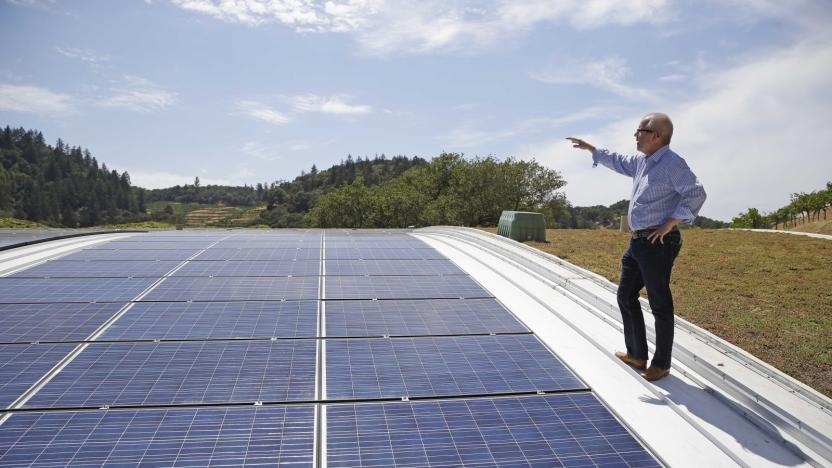
Stanford AI found nearly every solar panel in the US
It would be impractical to count the number of solar panels in the US by hand, and that makes it difficult to gauge just how far the technology has really spread. Stanford researchers have a solution: make AI do the heavy lifting. They've crafted a deep learning system, DeepSolar, that mapped every visible solar panel in the US -- about 1.47 million of them, if you're wondering. The neural network-based approach turns satellite imagery into tiles, classifies every pixel within those tiles, and combines those pixels to determine if there are solar panels in a given area, whether they're large solar farms or individual rooftop installations.
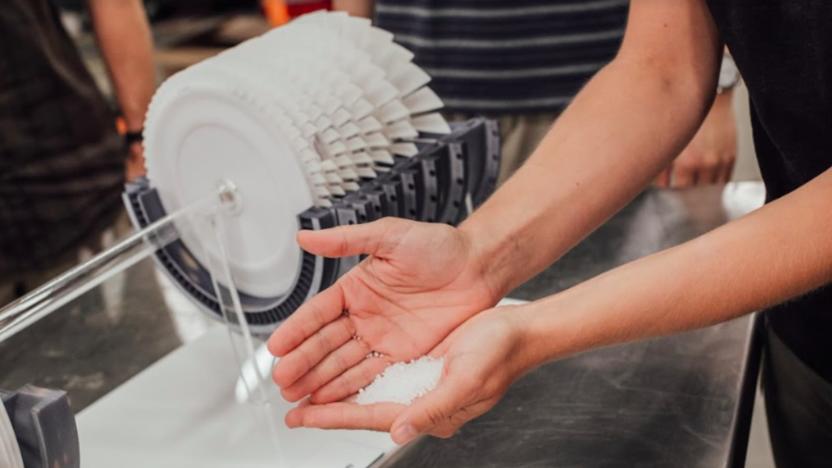
Alphabet's hot salt energy-storage project becomes its own company
Alphabet's X division has played host to a string of experimental ideas, and another one is spinning out as an independent business. Malta uses cheap, abundant materials including salt, anti-freeze and steel to store power at grid scale.

Sony sneaks out a quieter PS4 Pro
Unless there are very significant changes involved, updates to gaming consoles are rarely released to any fanfare, silently slipping on to the market with minor tweaks designed to rectify any teething problems associated with that model's launch. That the latest release of the PS4 Pro was so discreet is fitting, then, because its revision has made it the quietest PS4 Pro yet.
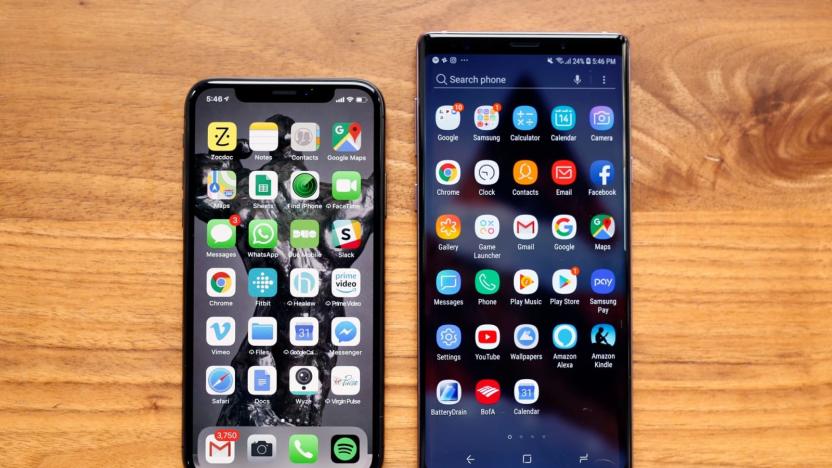
Apple and Samsung fined in Italy for throttling phone performance
Apple found itself in some hot water last year when it was discovered that the company was throttling the performance of older phones. But it look like its Batterygate woes aren't quite over. Italy is fining Apple and Samsung 5 million euros each for intentionally slowing down phones. According to Reuters, Apple was slapped with an additional 5 million euro fine for failing to provide customers information on maintaining and replacing batteries.
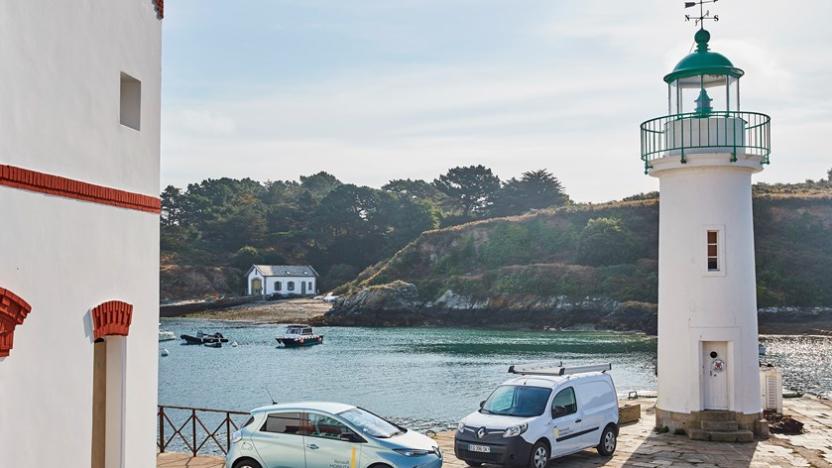
Renault is creating France's first 'smart island'
Back in February, Renault helped electrify the Portuguese islands of Madeira and Porto Santo -- a move not dissimilar to Tesla's efforts in Hawaii. Now it's at work again bringing power to the French island of Belle-Île-en-Mer, in a bid to create the first "smart island" in its home country.
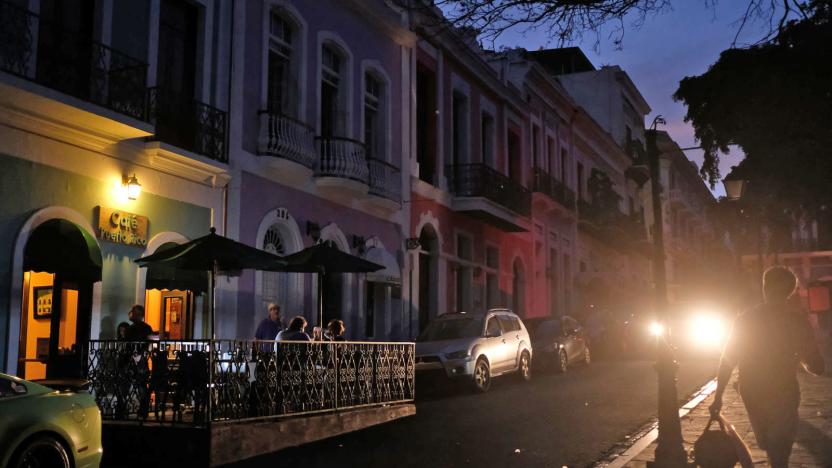
Puerto Rico restores power in its final affected neighborhood
The Puerto Rico Electric Power Authority (PREPA) has recently turned power back on in the city of Ponce, and it can now say that it's done restoring customers' electricity across the island. Ponce was the last municipality to be reconnected to the grid since Hurricane Maria knocked out power across the US territory 11 months ago in September 2017. PREPA had a tough time reconnecting it in particular due to the area's rough terrain and the landslides it suffered, which made it difficult for its crew to make repairs.

Liquid metal battery could lower cost of storing renewable energy
As dreamy as it might be to combine renewable energy sources with storage batteries, there's a problem: those batteries are expensive. It might take you years to recoup the costs. You'll be glad to hear, then, that Stanford scientists have a way to make those batteries more cost-effective. They've developed a liquid metal-based flow battery that can store electricity at a lower price, even on a large scale. A metal-producing mix of sodium and potassium serves as the negative side of the battery, providing nearly twice the maximum voltage of typical flow batteries (making them high-value) without having to resort to exotic chemicals or extreme temperatures.

Tesla's next California energy storage project may be its largest yet
Tesla's giant Australian energy storage facility may seem small in the near future. Pacific Gas and Electric has submitted proposals for four new energy storage projects to the California Public Utilities Commission, one of which is for a facility at its Moss Landing substation that could output 182.5MW over the course of four hours -- that's more than 3,000 of Tesla's Powerpack 2 units. For context, the Australian location outputs 'just' 129MW. The project would have a total 1.1GWh capacity, which fits with Elon Musk's recent hints that Tesla could have a "gigawatt-hour scale" deal within months.

Researchers improve spinach-based solar cells by adding blackberry dye
Biohybrid solar cells aren't nearly as efficient as standard silicon panels, but including natural materials in renewable energy could make it more cost-effective. Scientists have refined one design based on the proteins in spinach leaves by adding natural dye extracted from blackberries, a combination which apparently produces much more voltage than the greens alone.

Tesla's latest smart power grid experiment begins in Canada
Tesla's experiments with smart power grids are headed further North. Canada's Nova Scotia Power recently finished setting up a pilot project that will use a combination of Tesla's Powerwall 2 home batteries and utility-grade Powerpack batteries to create a more reliable wind power system. The Elmsdale-based Intelligent Feeder Project fills gaps in the electrical grid by topping up the Powerpacks whenever a nearby wind turbine system generates excess power, and delivering that stored energy to local homes (including those with Powerwall 2 batteries) when there's an outage or the turbine system falls short.
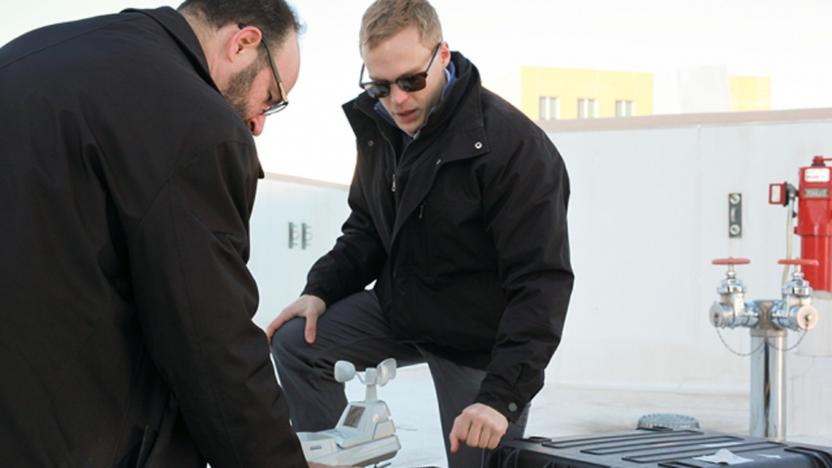
Device provides years of power through temperature swings
Eventually, you might not need a battery or a conspicuous external power source to keep a device running for years on end. A team at MIT has created a device that produces energy by exploiting the temperature swings that occur between day and night. Known as a thermal resonator, it uses a hybrid of materials that produce both high heat conduction and capacity. A copper or nickel foam at its core is coated with graphene to boost its conductivity, and is infused with a phase-changing material (octadecane) that serves as storage. Effectively, one side of the device is always capturing heat while the other is storing it -- you just have to harvest that energy with conventional techniques.







